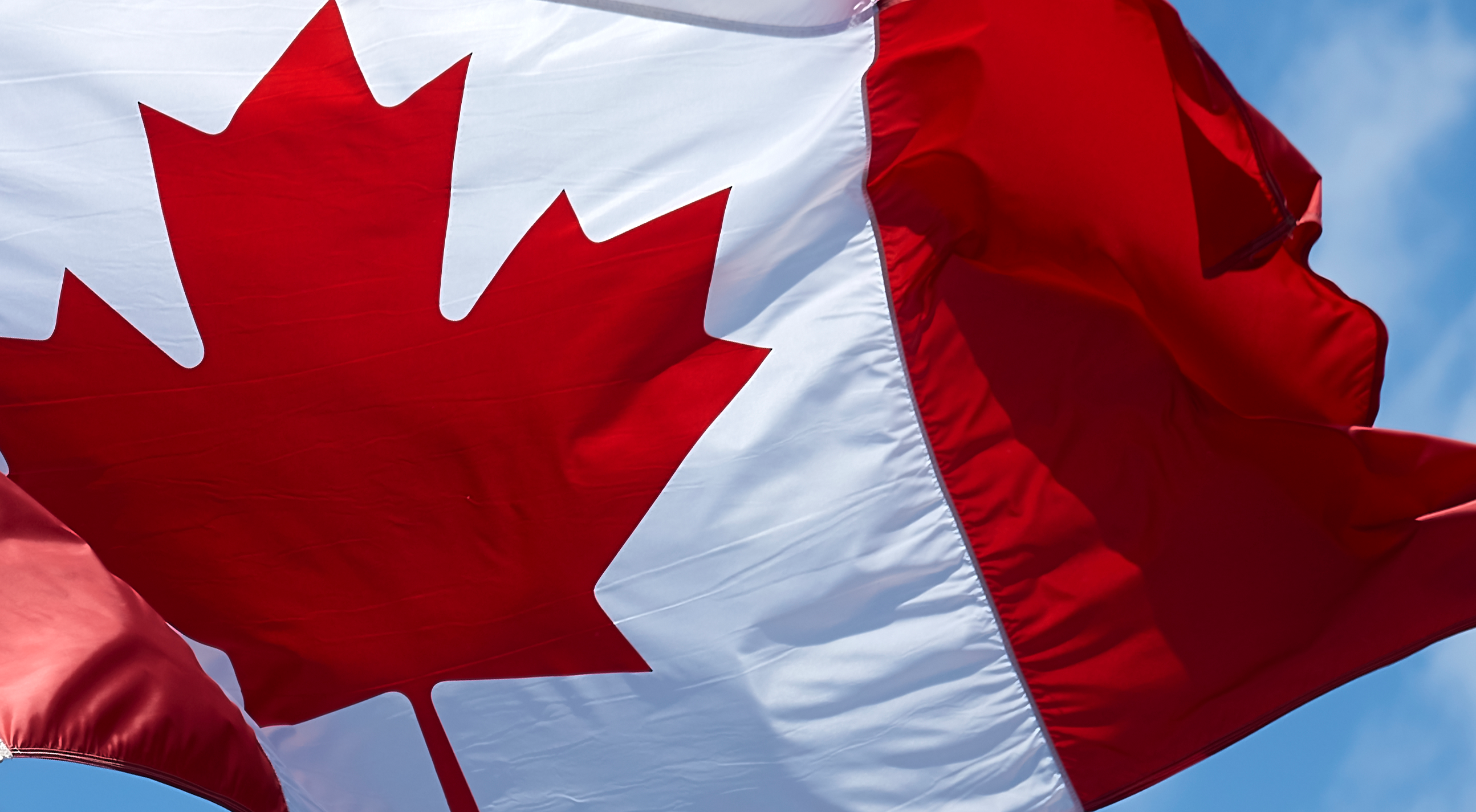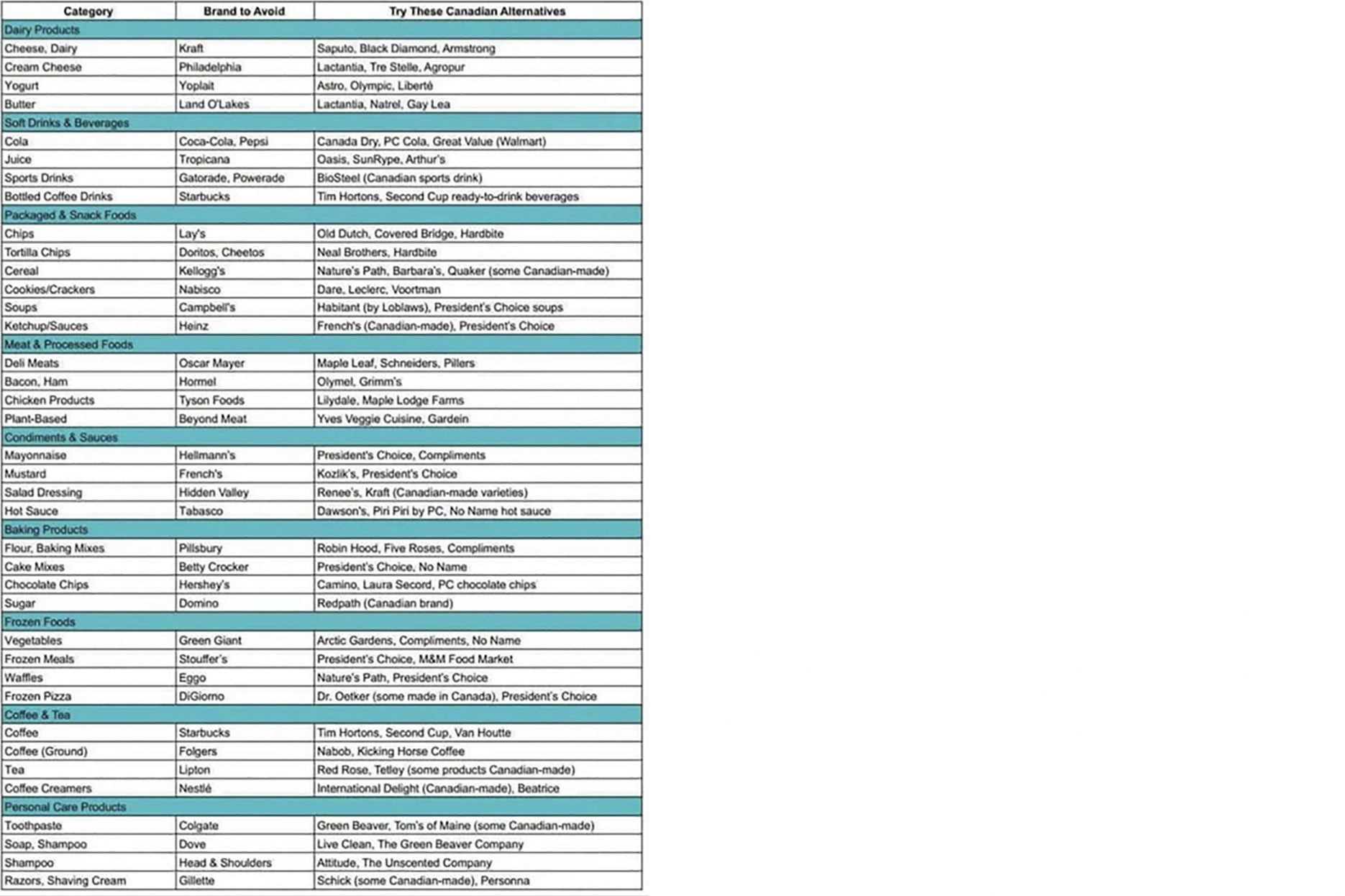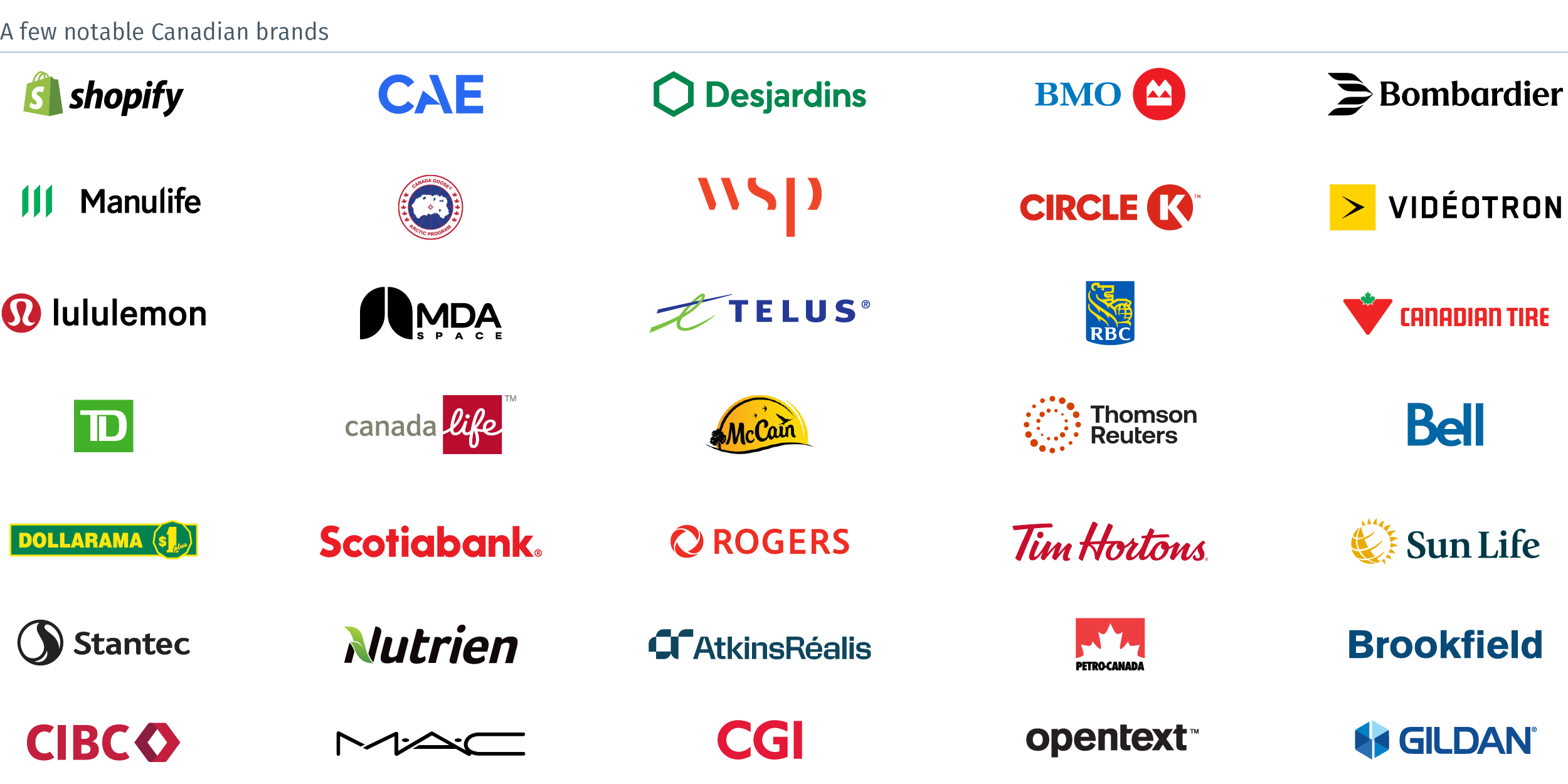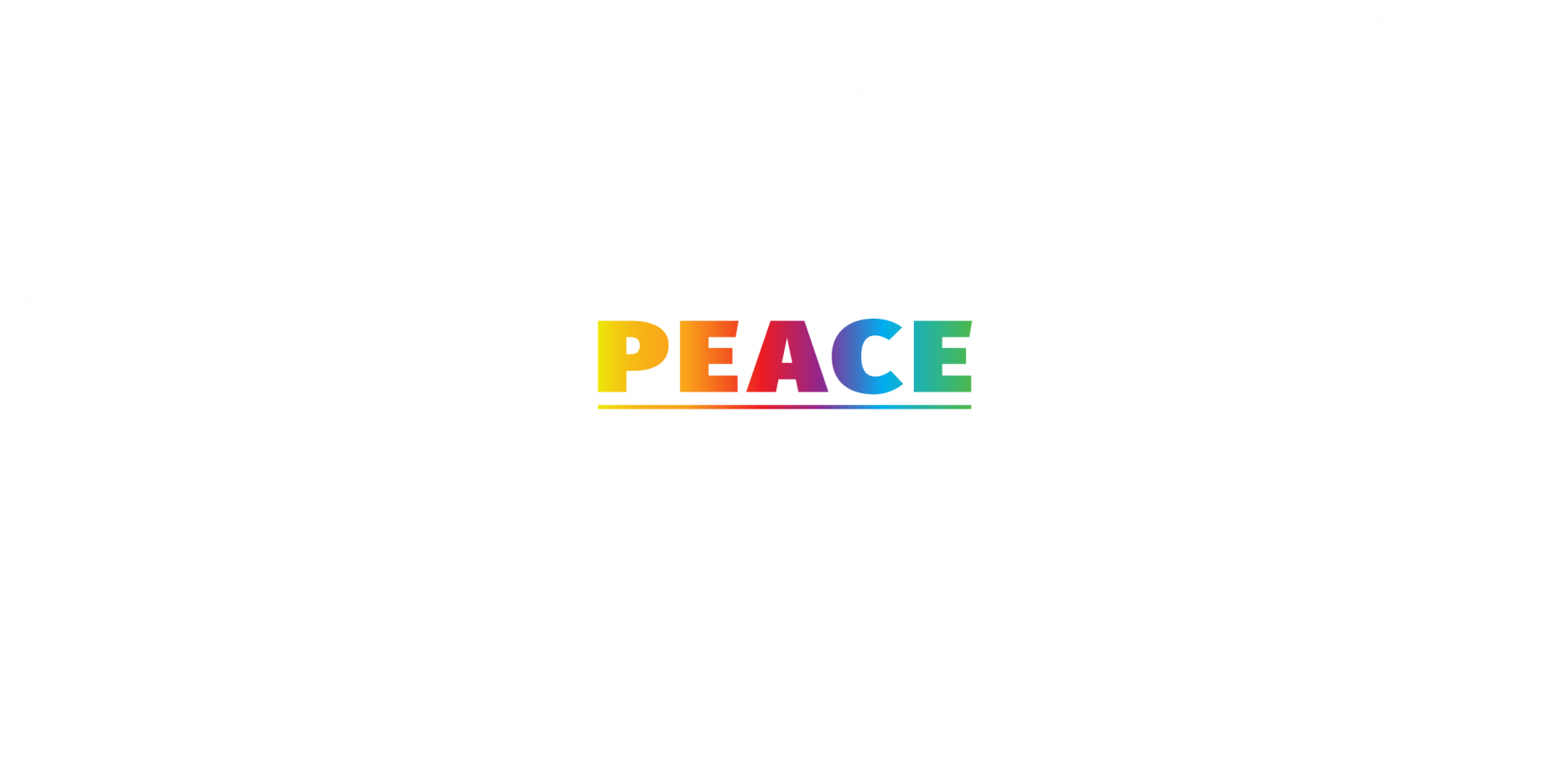Oh Canada®
February 18, 2025
Canada has been convulsed over the past couple of weeks or so by the Donald Trump tariffs announcements. The reaction has ranged from Canadian politicians sounding the alarm to hockey and basketball fans booing the American national anthem. While typical posts here focus on new brands, a relevant issue arising from the Trump edicts is examined: what are the impacts on branding?
What has galvanized Canadians wasn’t only the threat of tariffs, their imposition, the month-long pause, tariffs announced on steel and aluminum, and now, so-called “reciprocal tariffs,” but also the shifting pretexts Trump has given. Initially, it was in response to illegal aliens and fentanyl entering the United States from Canada (43 pounds or 0.2% of all the fentanyl and about 1.5% of illegal immigrants). Trump complained that Canada is taking advantage of the U.S. in trade, ignoring the USMCA trade agreement he signed.
Most galling for Canadians has been the assertion by Donald Trump that he is exerting economic pressure on Canada so that the country becomes the 51st state. First discounted as a joke, the question now is not whether Donald Trump is serious, but how determined he is to follow through. One example of the reaction in Canada is the election in Ontario. Doug Ford, the conservative populist premier (the equivalent to a state governor) is not campaigning against his liberal or socialist opponents, but against Donald Trump.
Individual Canadians are reacting in anger, exhorting their friends and neighbours to “buy Canadian.” Various charts, similar to the one below circulated on various social media sites. Shoppers examine the small print on the packages they pick up in supermarkets to determine where the product was manufactured.

It also remains to be seen whether consumers will abandon American store brands such as Walmart and Costco in favour of Canadian chains such as Loblaws or Sobeys. The choices are not, however, simple. For example, Frito-Lay Canda has four plants across Canada, and are using (one presumes) Canadian potatoes, corn and other products to manufacture their products.
Hudson’s Bay (The Bay) is a Canadian department store and the oldest company in the country, tracing its history back to the fur traders. It was founded in May 1670, incorporated in London, England. Today, the company also owns American department stores – Saks Fifth Avenue, Neiman Marcus and Bergdorf Goodman. The company’s CEO, Richard A. Baker, who privatized the company a few years ago is American. Does this make The Bay, which still lists Toronto as its head office, a Canadian or American company? The Canadian and American marketplaces are so intertwined it is often hard, if not impossible, for the average consumer to determine whether they are shopping in a Canadian or foreign-owned store and whether they are purchasing a “Canadian” or “American” product.

Some Canadian brands have been quick to tout their proud Canadian identity, exemplified by the following Canadian Tire commercial which first aired just a few days ago.
While much of the debate in the tariff battle has been dominated by the sale of raw materials (oil and gas, potash and minerals) and the integrated automotive industry, where car parts travel back and forth several times between Canadian and American plants before an assembled vehicle is finished, the development of strong Canadian brands must be part of the strategy moving forward for the country to flourish in spite of the Trump tariffs.
If one examines the various 100 top global brands surveys, there are very few, if any, Canadian brands included. No Canadian brands are listed on the Interbrand Best Global Brands for 2024. (By comparison, there are two Swedish brands – IKEA and H&M – and four South Korean brands – Samsung, Hyundai, Kia and LG – on Interbrand’s list.) Kantar’s Most Valuable Global Brands includes three Canadian brands: RBC is the top-ranking at No. 64, with TD and Lululemon following at No. 77 and 92, respectively.
While these surveys may not tell a complete story, they do point to an area where Canada needs to focus on diversifying its economic power. Much of Canada’s efforts have been in the sale of its abundant natural resources. The future, though, lies in creating wealth by mining its intellectual property and creativity. The federal government and its provincial counterparts must redouble their efforts to encourage entrepreneurs to not only start new companies but also to build them into global powerhouses. Too many Canadian entrepreneurs in the past have been content to build their enterprises to a scale that made them attractive enough to be sold, usually to American buyers. The solution for the remainder of the 21st century is to leverage Canada’s strengths in artificial intelligence, telecommunications, and other fields and build Canadian brands that will lead the world in their sectors.

There are global, thriving global Canadian brands, apart from the ones mentioned above. The Brand Finance Global 500 list, while no Canadian brands are listed in the top 100, there are several among the 101-500 brands (TD tops the list at No. 120). In addition to most of the large Canadian banks are insurance companies and retail brands Lululemon, Circle K and Tim Hortons. Canadian engineering and technology brands also operate on a global scale.
The rupture with the United States is real and will take a long time to repair. While it is inconceivable to think the two countries won’t remain friends (there are too many families and personal friendships on both sides of the border), Canada has hopefully learned its lesson and will diversify its customer base, becoming less reliant on the American market. Building strong global Canadian brands is one step in that direction.
In the past couple of weeks, the following beer commercial created several years ago, has found its way to social media posts by Canadians.




